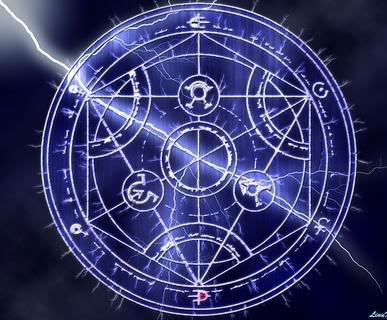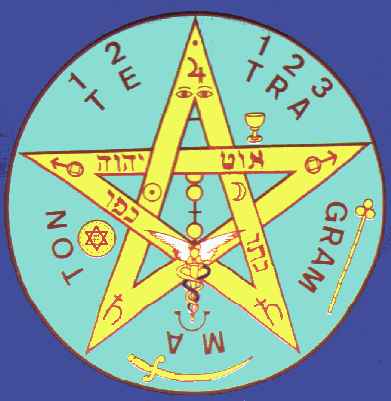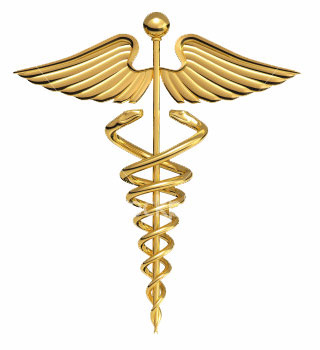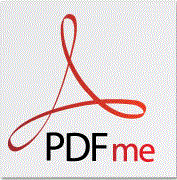MASONIC ARTICLES
Last Modified:
March 28, 2014
The following contains articles store in this site and are organized
by subjects and are a great source for education and discussion
within the Brethren. If you have any great article that you may want to share, please
email it to me in word format.
Click on link to see articles dealing with:
- About Freemasonry
- History about Freemasonry
- Historical Manuscripts
- Degrees such as
Candidate,
Degrees,
Ceremonies
- Symbolism
- Being a Mason and Master Mason
- General Articles regarding
Individuals,
Craft, and
Lodge.
- About Other Masonic Bodies
Articles contained within may be categorized as Masonic, Hermetic or Rosicrutian
or others. They are here due to the great information it contains.
To understand the above subjects, please see
below for
its definition. You will find many articles or books under the
E-Book section of this webpage.
Also here is another
list of
articles online that were not included in above as were they are located
seems to be a site that will not close or disappear. Recommend that you
check monthly to see what new articles are uploaded.
Finally once you are done reading the above, here is a page title
Further
Readings were you can find links to other sites where you can find more articles
to read.
I have put together a page of
Listing All Articles to include as well all the Masonic Talks pamphlets
and books contain within this site.
It is alphabetize thus you will not know to which above-mention category belongs
to. New items are marked as such.
 Para leer articulos escrito en Espaņol oprima
aqui
Para leer articulos escrito en Espaņol oprima
aqui

Below table expands a little on definitions of the
following terms.
 |
ALCHEMY
Alchemy covers several philosophical traditions spanning some four
millennia and three continents. These traditions' general penchant for
cryptic and symbolic language makes it hard to trace their mutual influences
and "genetic" relationships. One can distinguish at least three major
strands, which appear to be largely independent, at least in their earlier
stages: Chinese alchemy, centered in China and its zone of
cultural influence; Indian alchemy, centered around the Indian
subcontinent; and Western alchemy, which occurred around the
Mediterranean and whose center has shifted over the millennia from
Greco-Roman Egypt, to the Islamic world, and finally medieval Europe.
Chinese alchemy was closely connected to Taoism and Indian alchemy with
the Dharmic faiths, whereas Western alchemy developed its own philosophical
system that was largely independent of, but influenced by, various Western
religions. |
 |
Freemasonry
Papers under this category
fall under the theme of the Masonic stream of the Western Esoteric
Tradition. This tradition formalized itself in England in 1717 but no doubt
existed prior to that event. Although Freemasonry includes elements from
other traditions such as Hermeticism, Rosicrucianism and Chilvalry, it has
many unique elements that distinguish it. Some papers explore the
various symbolism found within the great resources of the Fraternity. |
 |
GNOSTIC
It is the teaching based on Gnosis, the knowledge of
transcendence arrived at by way of interior, intuitive means. A collection
of ancient religions that taught that people should shun the material world
created by the demiurge and embrace the spiritual world. |
 |
Hermetic
Hermeticism is
the ancient philosophy, theory and practice of the inner secrets of man,
nature and spirit. It's origins are lost in the mists of prehistory. Its
revivals in the Hellenistic, Renaissance and modern times have often been
pale reflections of its real nature. Though much of its records are lost, it
has re-risen from the flames like the Phoenix under many different guises.
Fragments of this great primal teaching are distributed throughout the
world. |
 |
Kabbalah
The Jewish mystical tradition
known as the Kabbalah formulated in Spain in the late 12th century. It has
been called the heart of Jewish mysticism. We know by the late 14th century
its influence had spread to other areas of Europe and by the late 15th
century studied deeply by the Careggi circle of Marcilio Ficino in Italy. It
was Giovanni Pico and later his associate Johann Reuchlin who are credited
with incorporating the Kabbalah into a Neoplatonic Christian framework that
has lead to the form used today in Hermeticism, Rosicrucianism, Tarot and
Freemasonry. |
 |
Freemasonry
Papers under this category
fall under the theme of the Masonic stream of the Western Esoteric
Tradition. This tradition formalized itself in England in 1717 but no doubt
existed prior to that event. Although Freemasonry includes elements from
other traditions such as Hermeticism, Rosicrucianism and Chilvalry, it has
many unique elements that distinguish it. Some papers explore the
various symbolism found within the great resources of the Fraternity. |
 |
Rosicrucian
Papers under this category are
concerned with the Rosicrucian stream of the Western Esoteric Tradition.
This movement arose in Germany in the early 17th century with the
publication of the two Rosicrucian manifestoes. In short, it represents the
fusion of several mystical schools of thought. The symbol of the Rose and
Cross conjoined has always represented this tradition. |
 |
Thelema
Papers under this category
fall under the Thelemic stream of the Western Esoteric Tradition. This
school of magic and mysticism originated and centers upon Aleister Crowley,
an occultist and writer who had a huge impact upon modern esoteric thought.
His studies covered most of the mystical and theurgical systems in the
world. His personal practices and experiences were just as extensive. The
result of such concentrated and dedicated Work developed into its own unique
system. |
back to top
|
![]()












